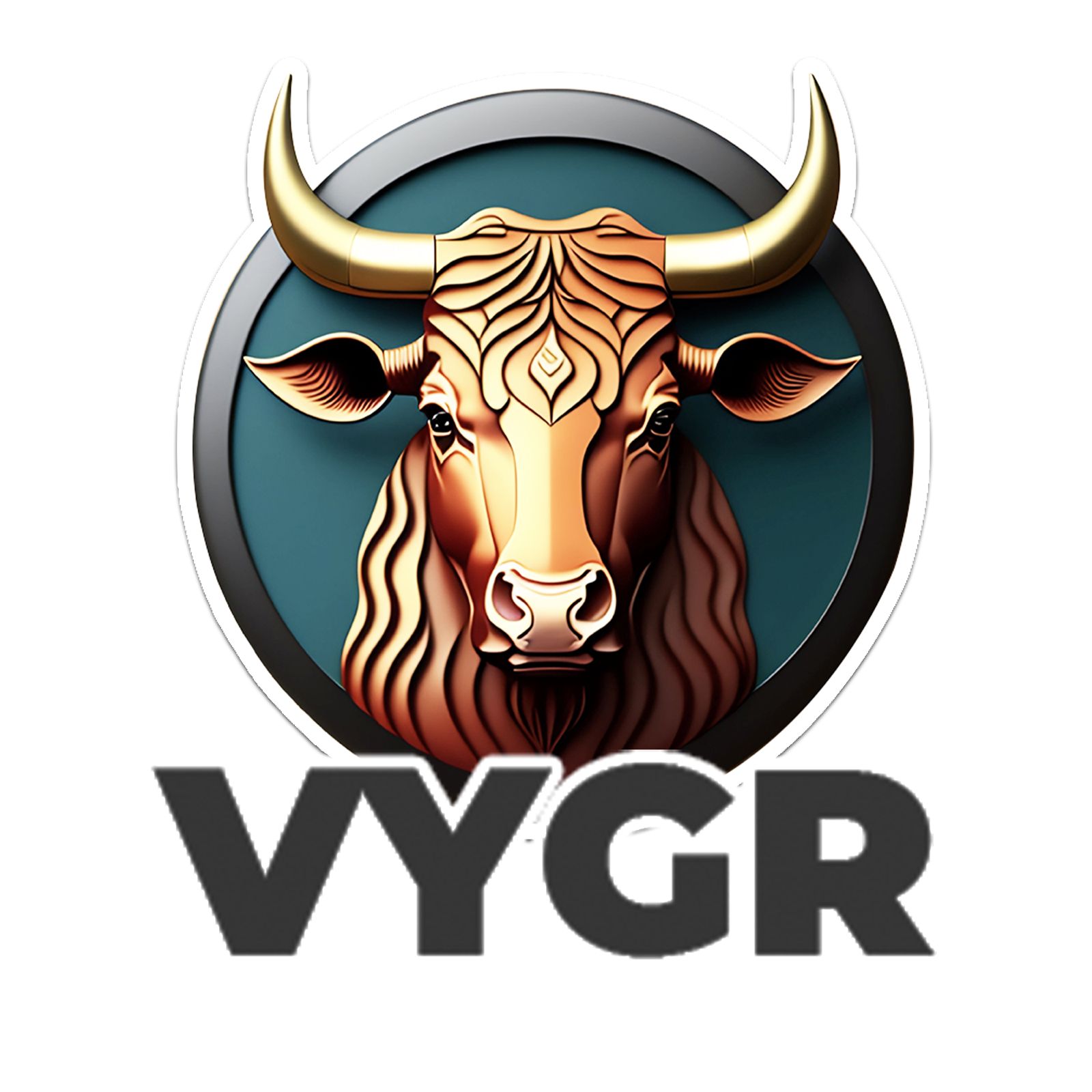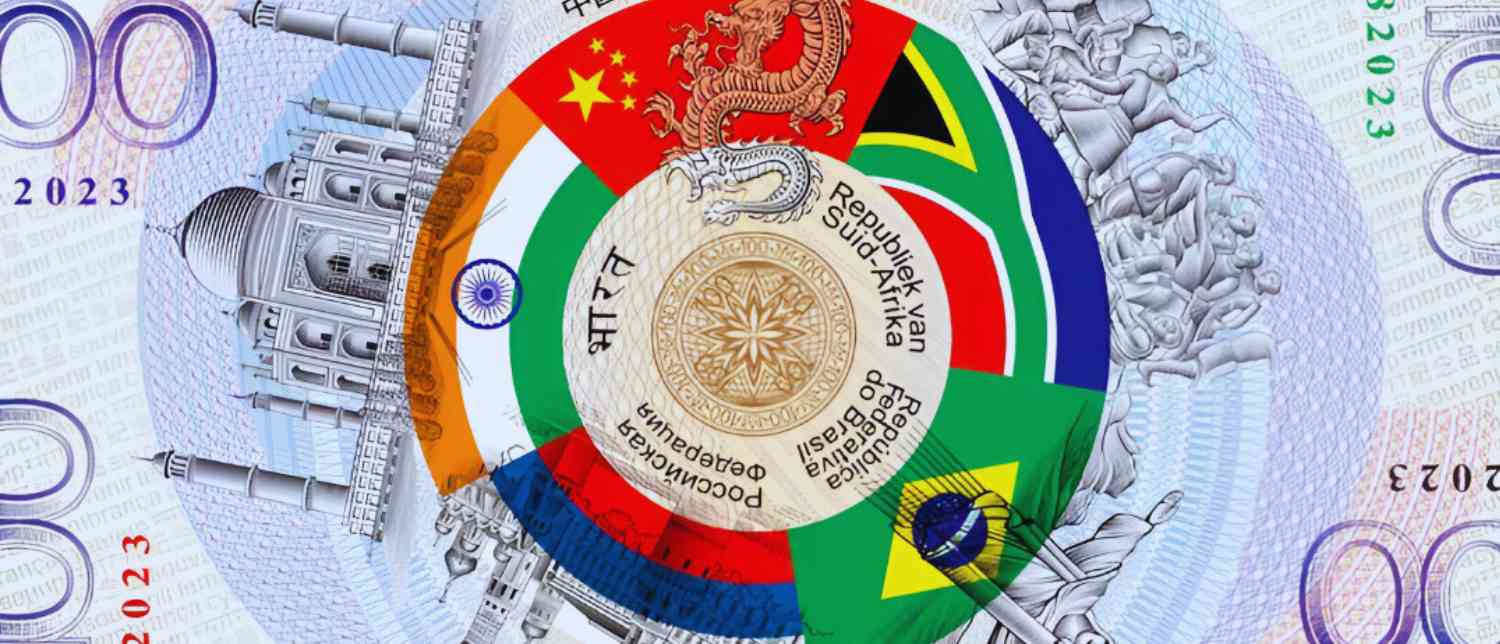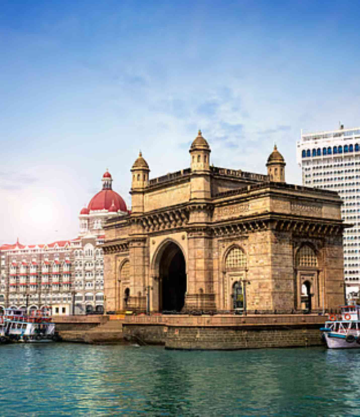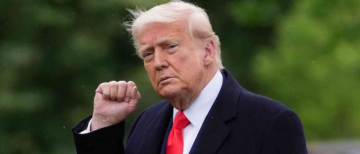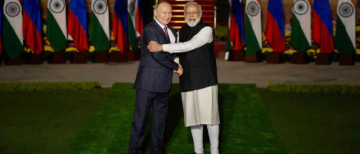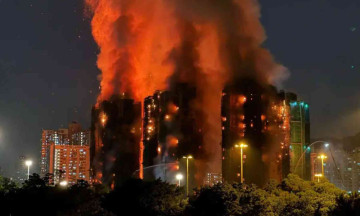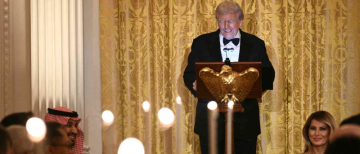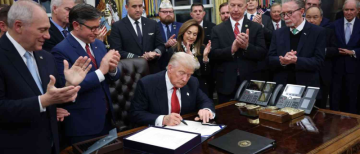The New Development Bank (NDB), established by BRICS countries in 2014, is being widely examined for its potential to serve as a viable alternative to the International Monetary Fund (IMF) in global finance. While the NDB is growing in influence and expanding its membership, experts and stakeholders hold varying views on whether it can fully replace the IMF. This article explores the role, achievements, challenges, and perspectives surrounding the NDB's place in the international economic order.

The NDB was created by the BRICS countries—Brazil, Russia, India, China, and South Africa—to support infrastructure and sustainable development projects primarily in emerging economies. Unlike traditional lenders such as the IMF and World Bank, the NDB emphasizes lending in local currencies, which helps reduce dependency on dominant currencies like the US dollar. It focuses on clean energy, transportation infrastructure, social projects, and digital infrastructure, aiming for sustainable and inclusive growth.
One standout feature is that the NDB does not impose the strict political and economic conditionalities seen in IMF programs. This has made it attractive to many developing countries seeking financing without compromising sovereignty over their economic policies. Its recent expansion to include countries such as Egypt, Bangladesh, the UAE, Colombia, and Uzbekistan further strengthens its role as a financial institution serving the Global South.

The IMF, established after World War II, plays a fundamental role in global economic stability by providing emergency financial assistance to countries facing balance of payments crises. It serves 190-plus member countries and sets policy conditions to ensure repayment and economic reforms. However, critics argue the IMF's governance structure heavily favors wealthy nations and often imposes austerity measures that worsen social outcomes.
In contrast, the NDB was designed as part of a broader BRICS agenda to reform global economic governance and offer an alternative institution prioritizing the needs and voices of developing countries. The NDB's lending is aligned with BRICS’ growth priorities and sustainability goals, promoting green development and projects with social impact. However, its current capital base and lending scale remain smaller compared to the IMF, limiting its ability to respond to large-scale crises globally.

The NDB has made significant progress, having approved over $32 billion for around 96 projects since operations began in 2016. It raised $16.1 billion in funding in 2024 alone and is actively issuing green bonds to finance sustainable projects. The bank also aims to participate in digital settlement systems to ease trade and financial transactions among emerging economies.
BRICS leaders emphasize the importance of the NDB in representing their growing share of the global economy, which reached about 35.7% of world GDP by purchasing power parity in 2023. Expansion of BRICS membership and partnerships with other emerging markets also enhance the NDB’s relevance. The bank's governance model of equal voting rights among members is viewed as promoting fairness and inclusiveness compared to Western-led institutions.
Despite these achievements, the NDB faces hurdles. Its membership and capital need to grow substantially to match the IMF's scale of influence. The IMF remains the go-to lender in global financial emergencies due to its size, experience, and established global network. The NDB also needs more institutionalization, including a permanent secretariat to strengthen transparency and decision-making continuity.

Experts see the NDB not as a direct replacement for the IMF but as a complementary institution that broadens options for developing countries. It pushes for a multipolar financial world where emerging economies have stronger voices and less reliance on traditional Western institutions. This reform agenda aligns with calls from many global South nations for a more inclusive and balanced international financial system.
The New Development Bank represents a hopeful and important step toward reshaping global finance to better serve emerging economies and support sustainable development. While it is unlikely to replace the IMF entirely in the near term due to differences in scale and function, the NDB is carving out a distinct and growing role. The evolving financial landscape may well see these institutions coexist, offering alternatives and complementing each other as the global economy becomes more multipolar and diversified.

Thus, the question "Can BRICS’ NDB replace the IMF?" does not have a simple yes-or-no answer. Instead, it highlights an ongoing shift in global economic governance where emerging nations seek more equitable participation and new financial mechanisms that better align with their development goals. The future may belong to a pluralistic financial order where both the IMF and the NDB play vital and sometimes overlapping roles in sustaining global stability and growth.
This perspective reflects developments up to 2025 and incorporates views from international experts, BRICS leaders, and financial analysts who emphasize the need for cooperation, innovation, and reform in global finance.
With inputs from agencies
Image Source: Multiple agencies
© Copyright 2025. All Rights Reserved. Powered by Vygr Media.
